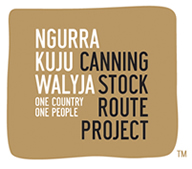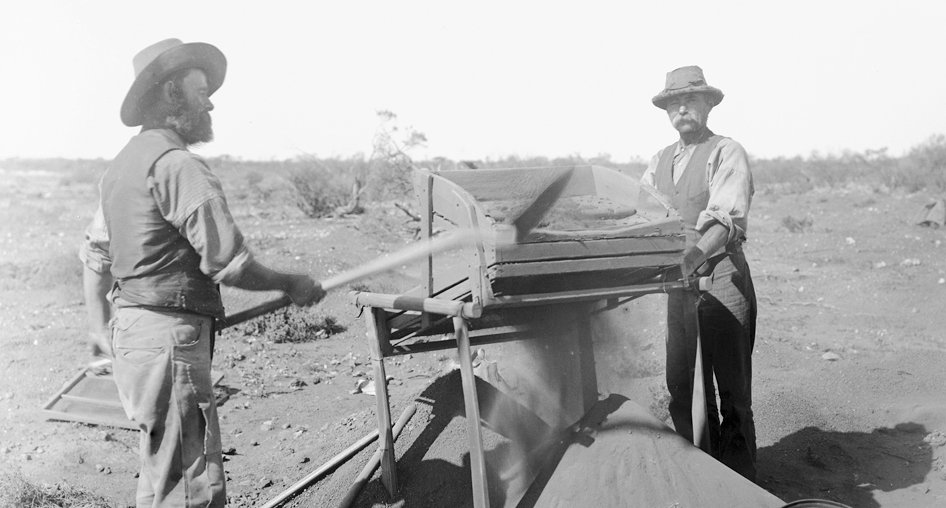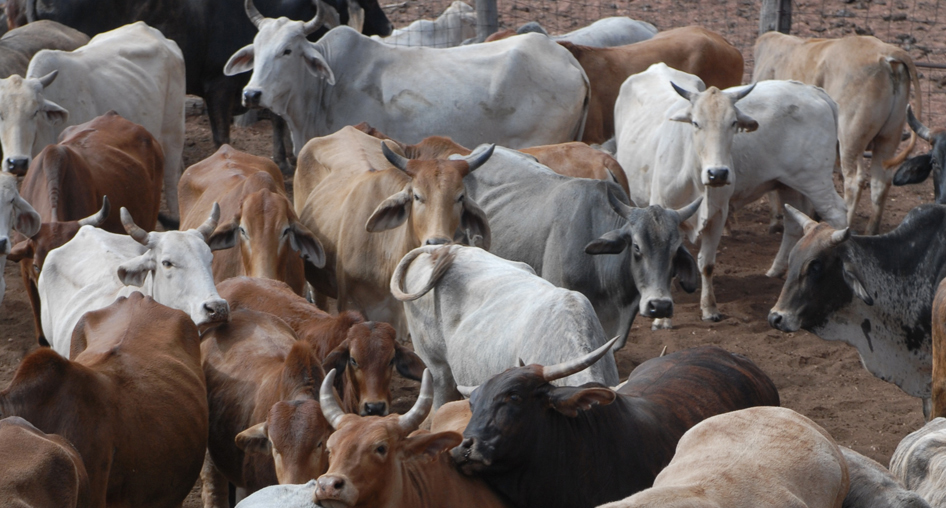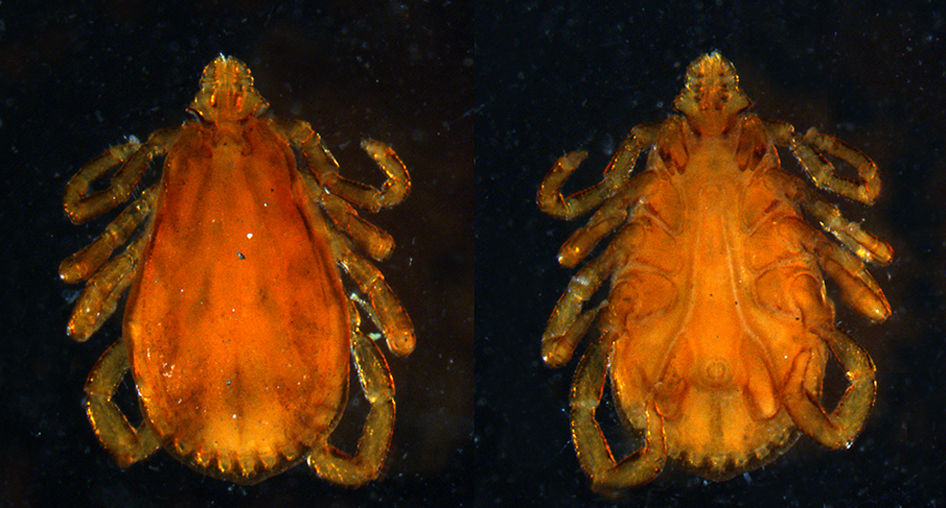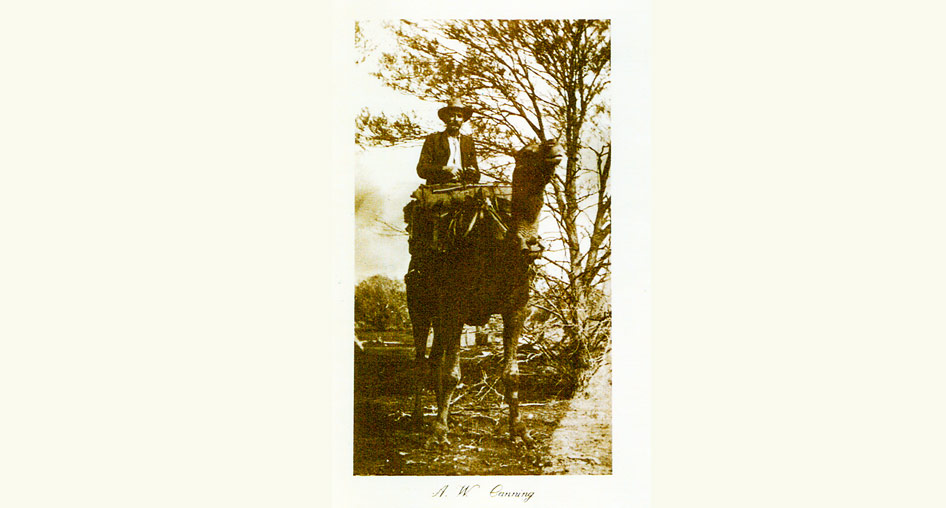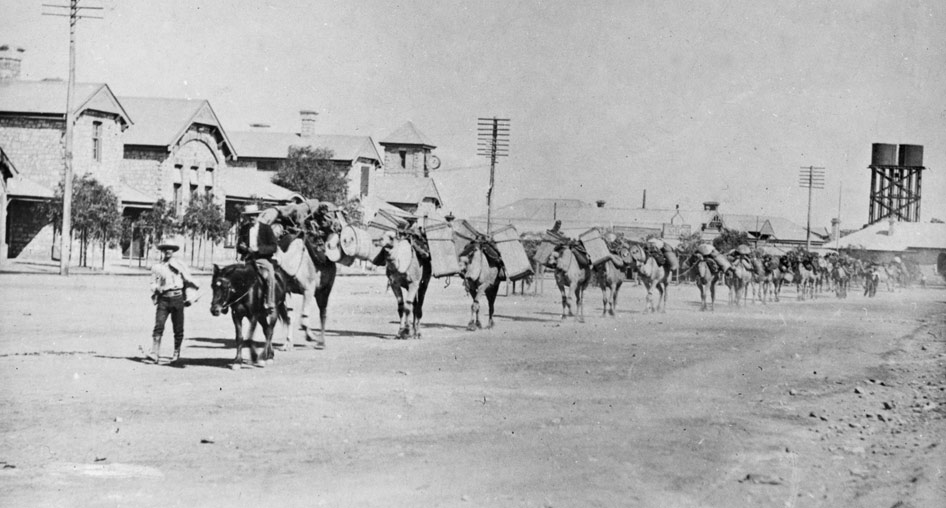Why a desert stock route?
Gold rush
Although Western Australia’s first gold rush at Halls Creek in 1885 was short-lived, it opened up the East Kimberley to the cattle industry. Gold was discovered in Wiluna in 1896 and at its peak, the Wiluna mine became the largest in Western Australia, supporting 9,000 miners. There was a huge demand in the mines for fresh meat.
‘Meat ring’
Most of Western Australia’s beef came from the Kimberley. At the time, however, East Kimberley cattle were quarantined due to an infestation of tropical ticks. The ticks, which were brought to Australia from Java in 1872, caused red fever in cattle. This gave the West Kimberley pastoralists a monopoly on the beef trade — which caused prices to soar. A royal commission was called in 1904 to investigate the activities of a so-called ‘West Kimberley meat ring’.
An unlikely solution
In 1905 independent MP James Isdell came up with a bold solution to the tick problem: build a stock route through Western Australia’s harsh desert country, and drove the cattle to market. Isdell believed the ticks would fall off and die in the hot dry conditions. He was right.
The search for gold
Many in government considered the idea of a desert stock route to be impossible but the Under Secretary of Mines, HS King, came up with a suggestion the government couldn’t refuse: marry the stock route survey to a search for gold. The respected bushman and surveyor Alfred Canning, who had just finished work on the Rabbit Proof Fence, was commissioned to survey a potential route and identify gold-bearing country.
A well-planned expedition
Canning’s party set out from Perth in April 1906 to locate well sites roughly a day’s walk apart and with enough water for up to 800 head of cattle.
We had with us twenty-three camels, two ponies, eight pairs of water drums with a capacity of 320 gallons … and sufficient food supplies to last nine months, with the exception of tinned meats, a sufficient supply of which it is almost impossible to carry, owing to its bulk and weight, consequently we depended to a certain extent on what game we could get.
He also brought along police-issue neck-chains — for the Aboriginal guides who would lead him to water.
